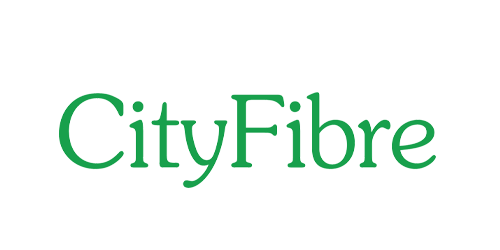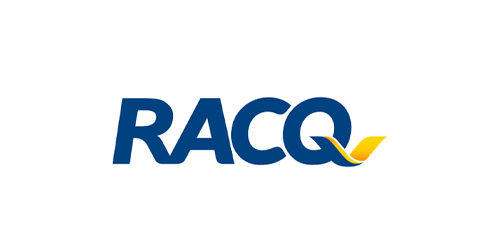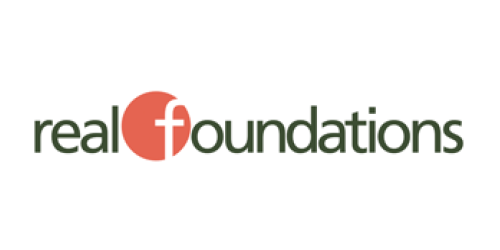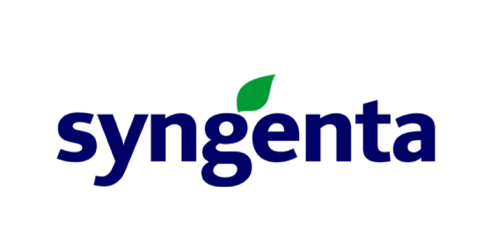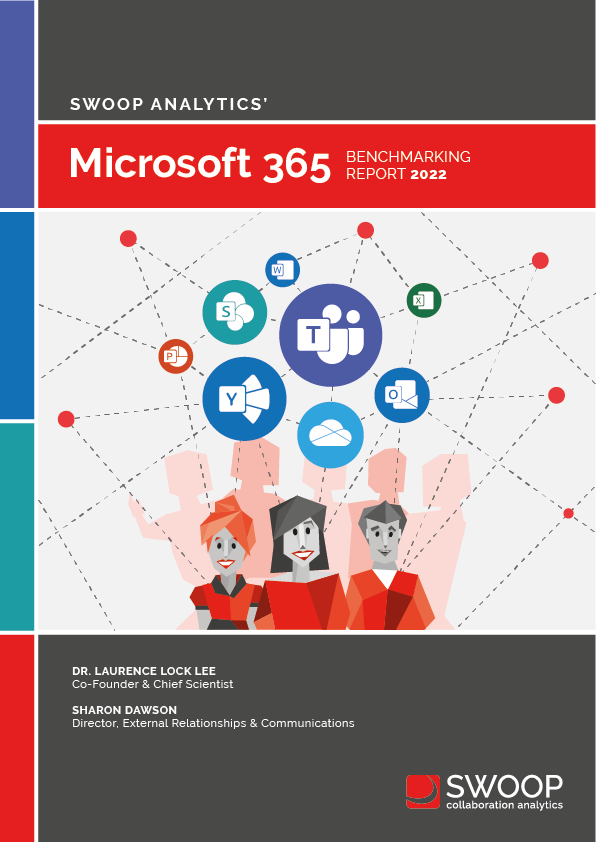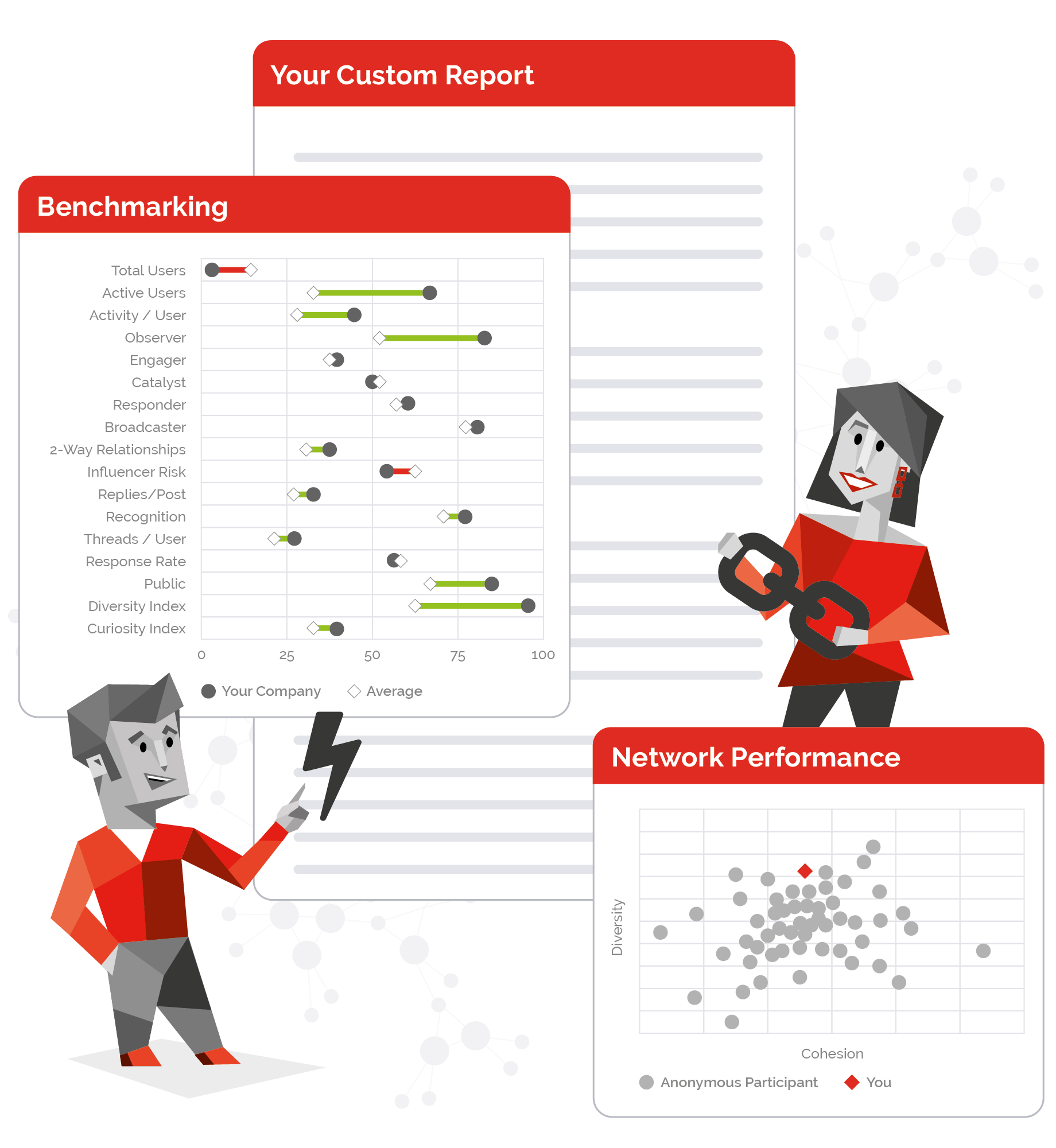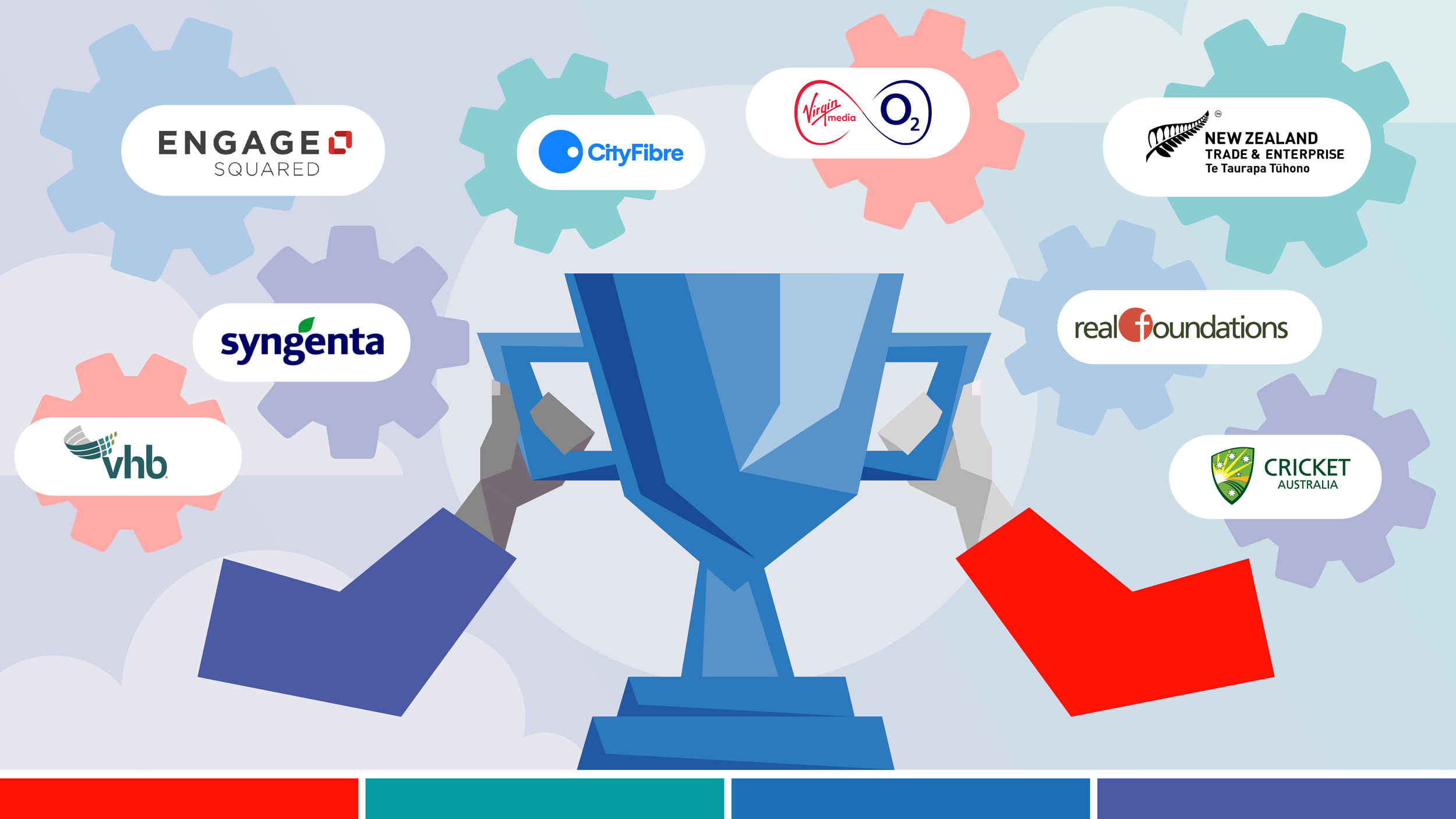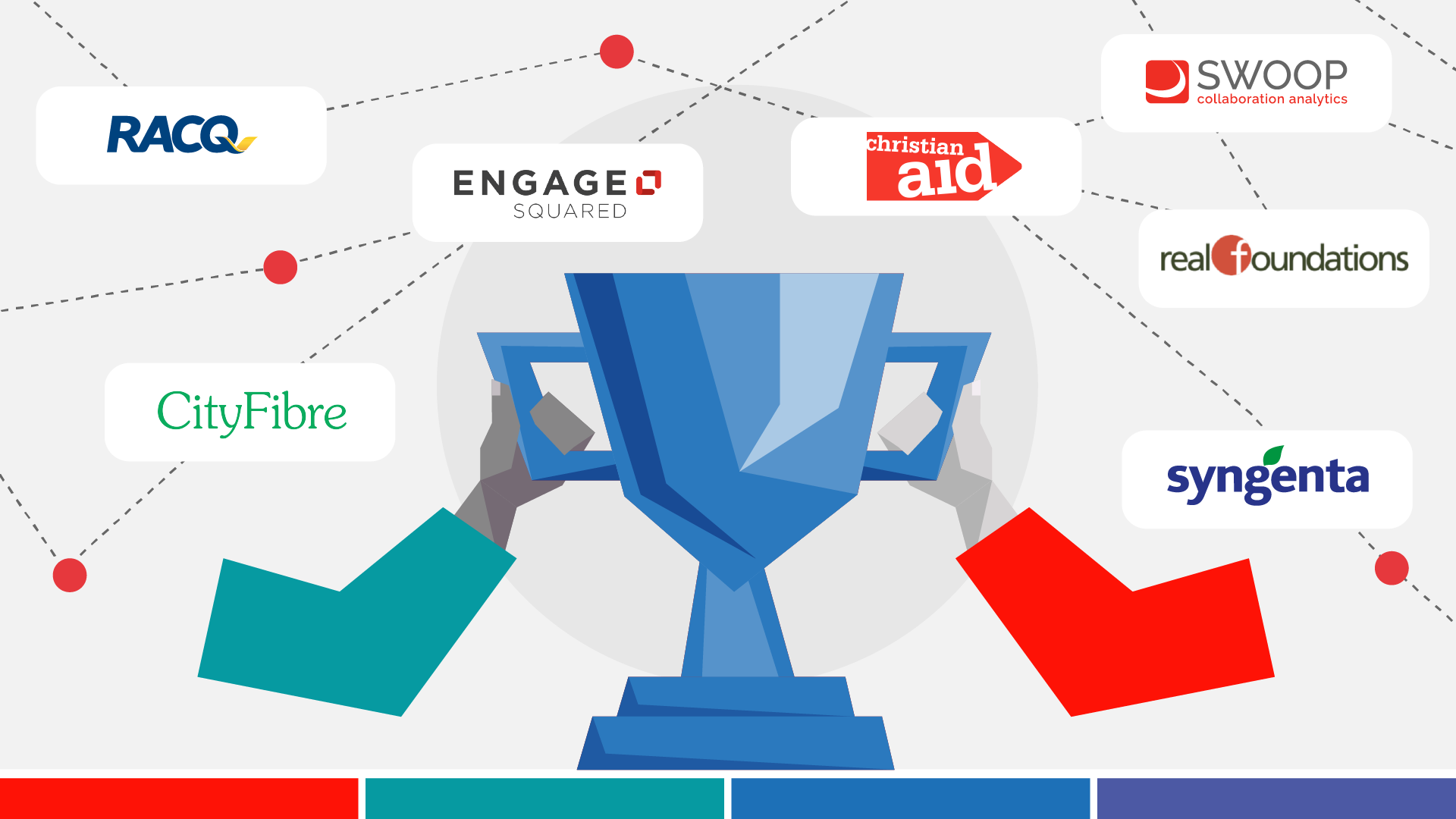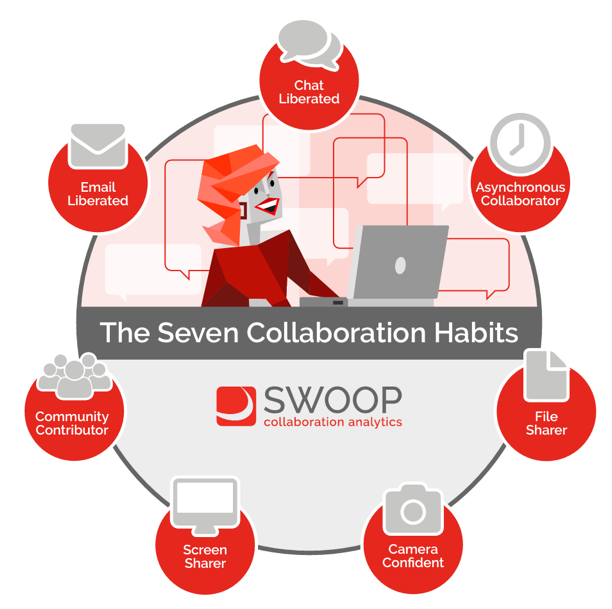SWOOP Analytics®’ 2022
M365 Benchmarking Report
The world’s largest data analysis into the collaboration behaviours on Microsoft 365. We’ve analysed 213,411 M365 accounts, 3,773 groups/departments across 18 organisations.
It’s been more than two years since the world was forced into lockdown and working from home, giving us an unprecedented opportunity to learn about remote working habits and how people are transitioning to hybrid work. SWOOP analyses what people actually do, rather than what they might think they do. We’ve analysed 18 globally distributed organisations, 213,411 M365 accounts and 3,773 groups/departments from a six-month period between October 2021 and March 2022.
Highlights from the report:
The top 10% of M365 users are responsible for 42% of total meeting time spent, whilst the bottom 50% are responsible for only 6%.
Email is holding us back, with few working in Teams channels compared with internal email – missing out on huge time savings.
Posting in Microsoft Teams channels or Yammer instead of email and/or meetings, staff could save, on average, 26 minutes a day.
The constant interruptions from Microsoft Teams chat are significant.
Leaders, on average, are demonstrating superior collaboration habits than non-leaders.
Almost 40% of non-leader staff had not participated in a one-on-one call with either leaders or colleagues over the six-month period.
The good news is, there are a sufficient proportion of M365 early adopters to help influence the M365 adoption laggards.
Download: SWOOP Analytics®' 2022 M365 Benchmarking Report
Key findings from SWOOP Analytics®’
2022 M365 Benchmarking Report
SWOOP’s 2022 M365 Benchmarking Report will give you practical ways to improve collaboration across your organisation. You'll read case studies from some of the top performers to learn their secrets to collaboration, and ideas of how to implement their best practices across your organisation. We share benchmarks of the best, and worst, practices to give you achievable goals.
The largest opportunity for improving collaboration habits is at the lower end of the spectrum; helping the many more non-adopters make just a small number of improvements. The top 10% of M365 users were responsible for 42% of total meeting time spent, whilst the bottom 50% were responsible for only 6%.
Making just small changes to collaboration habits across the entire organisation will result in huge improvements and significant time and money savings. We calculated that by posting in Microsoft Teams channels or Yammer instead of email and/or meetings, staff could save, on average, 26 minutes a day, that equates to $USD30 million in annual staff costs for a 10,000-person organisation.
Microsoft Teams channel messages and Yammer posts are woefully under-utilized. Only 14% of staff made a Yammer post or reply and 27% posted a Teams channel message over the six-month period analysed.
More than 82% of staff are reading Yammer, making it a compelling internal communications platform. Passive use of Yammer (many more readers than writers) is reflective of its growing use as an internal communication channel.
The constant interruptions from Microsoft Teams chat are significant. Staff, on average, are sending 65 Microsoft Teams chat messages per week (compared with 29 emails per week), with the busiest sending more than 2,000 chat messages a week.
Leaders, on average, are demonstrating better collaboration habits than non-leaders. The average collaboration performance for leaders was 66% compared with 53% for non-leaders.
The most collaborative organizations made strong use of guest accounts to better engage with their clients and partners. Our case study analysis identified these organisations were reaping the rewards from enhanced levels of inter-organisational trust by opening up their M365 digital environments to external guests.
Mismatched collaboration habits within close working teams can be disastrous for collaboration. There is a need to align the collaboration habits of group members, if optimal group collaboration is to be achieved.
All the above benefits from employing better collaboration habits can only happen when individuals change their own behaviors. Once individuals can clearly see their own collaboration habits through SWOOP’s analytics, and where they need to make improvements, change can happen quickly.
SWOOP’s M365 Benchmarking looks in-depth at the Seven Collaboration Habits, giving achievable goals to work towards.
Get your own custom M365 Benchmarking Report
This custom report compares the results of your M365 network with all other participating organisations. We will identify the top collaboration champions in your organisation, along with the best departments in your organisation, so you can learn from those within your own business. SWOOP Analytics®’ Chief Scientist Dr Laurence Lock Lee will provide a qualitative summary of your organisation’s strengths and areas for improvement.
SWOOP Awards for Outstanding Collaborative
M365 Performance
Based on our assessment of 18 organisations representing a breadth of industry sectors, the following companies have received a SWOOP Award for Outstanding Collaborative Performance:

